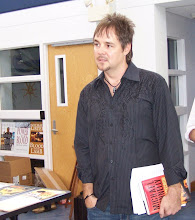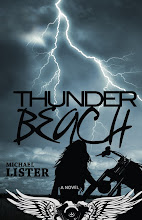
“The American” is a quiet, little film, visually arresting, slowly affecting—a well crafted work of art, but on the artisan more than artist end of the artistic spectrum.
At one point, an insightful and observant priest notes that the main character, who presents himself as a photographer, has the hands of a craftsman more than an artist. It’s hard to think of a better way to describe the film itself. Well built. Beautiful. Work of craftsmanship. Not an artistic masterpiece.
Academy Award winner George Clooney stars in the title role of this suspense thriller. As an assassin, Jack (Clooney) is constantly on the move and always alone. After a job in Sweden ends more harshly than expected for this American abroad, Jack retreats to the Italian countryside. He relishes being away from death for a spell as he holes up in a small medieval town. While there, Jack takes an assignment to construct a weapon for a mysterious contact, Mathilde (Thekla Reuten). Savoring the peaceful quietude he finds in the mountains of Abruzzo, Jack accepts the friendship of local priest Father Benedetto (Paolo Bonacelli) and pursues a relationship with a beautiful prostitute named Clara (Violante Placido). Jack and Clara’s time together seems hopeful and free of danger, but is such a thing possible for a man like Jack?
“The American” was written by Rowan Joffe, based on the novel “A Very Private Gentleman,” by Martin Booth, and directed by Anton Corbijn, a Dutch photographer who has worked extensively in the music industry. His feature film debut was “Control,” a film about the life of Joy Division frontman Ian Curtis.
Cinematography is often referred to as painting with light or writing with light, which is exactly what Corbijin does so brilliantly. Every frame of the film is picturesque—carefully composed, exquisitely captured. In this age of digital video, in the era when film is supposedly “dead,” it’s good to imagine holding up a strip of film to the light and considering how each frame is a still photograph. Corbijin’s work is a good reminder, and it makes me think that a photographer making a movie is like a poet writing a novel—any sacrifice in narrative drive is often made up for by beauty, artistry, and craftsmanship.
Like the film itself, Clooney’s performance is stripped down. Quiet. Sparse. Spartan. There’s none of the usual Clooney charm, and the movie is the better for it. Also like the film, Violante Placido is breathtakingly beautiful, her body carefully crafted by a true artist, every shot of her a photograph worth framing and hanging. Equally as beautiful, though in a very different way is the conscience of this well crafted film—Father Benedetto, played brilliantly by Paolo Bonacelli. He provides humble, helpful insight, wisdom, and service, an ego-less spiritual caretaker worthy of confessing to.
If over-the-top, cartoonish Hollywood action-adventure movies have left you unsatisfied, try this art house thriller. The quiet ride it provides is far more effective, far more enthralling, far more resonate than big-budget bombs and one-dimensional good and bad guys could ever be.












No comments:
Post a Comment